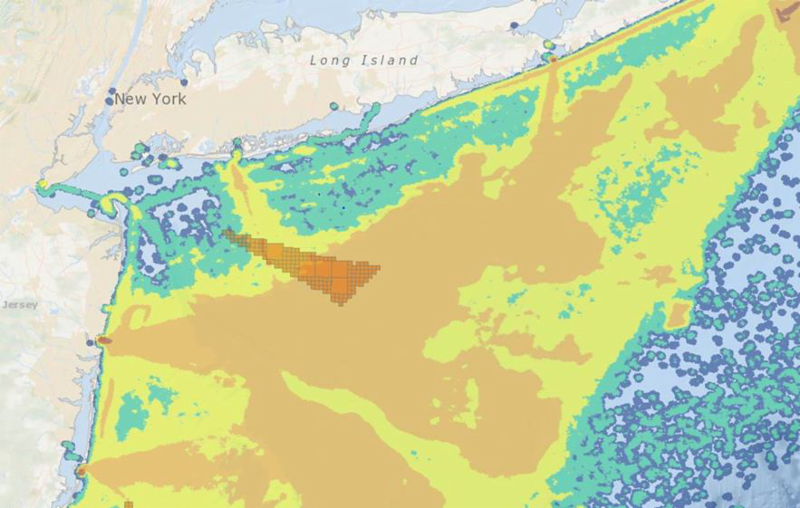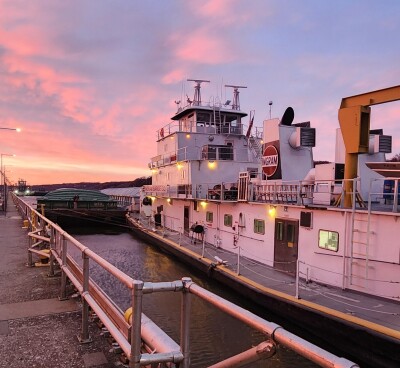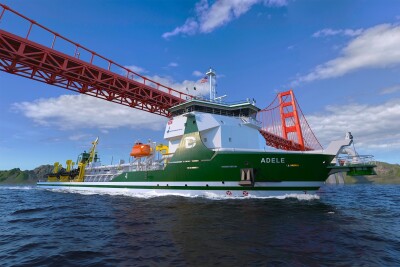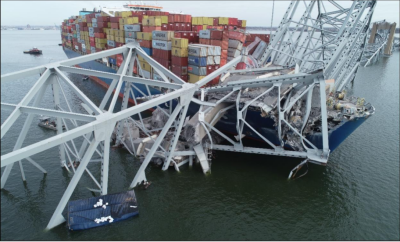Commercial fishing industry groups are asking a federal court to delay a planned Dec. 15 federal lease auction of 127 sq. mi. of seafloor off New York for wind energy development.
Led by the Fisheries Survival Fund, representing the East Coast sea scallop fleet, the organizations — joined by coastal towns where fishing is a major employer — seek an injunction against U.S. Interior Secretary Sally Jewell and the Bureau of Ocean Energy Management.
The move comes after months of circling by BOEM and commercial fishing interests from Massachusetts and New Jersey — including the prosperous sea scallop industry, which has enjoyed historic abundance and high prices for the shellfish. They fishermen were joined in the action by Narragansett, R.I., New Bedford, Mass., and Barnegat Light, N.J., where fishing provides good employment.
In their complaint, the critics say BOEM “grossly underestimated” the level of fishing activity in the proposed New York Wind Energy Area, a shortcoming industry advocates tried to remedy by providing tracking data from boats towing for scallops and squid.
Fishermen say the results show “spaghetti tracks” demonstrating that proposed lease areas are important fish habitat and seafood sources. In court papers, captain James Lovgren from the Fishermen’s Dock Cooperative in Point Pleasant Beach, N.J., recounted bringing plotter data to BOEM that showed “the proposed windmill site was completely covered by track marks from the vessels.”
Lovgren says he and other fishermen were not notified of subsequent public listening sessions held by BOEM, despite having provided their contact information.
Led by longtime fisheries lawyer David Frulla, the industry asserts in its complaint that “BOEM has never considered whether an alternative site would better protect preexisting users of the NY WEA and the benthic resources upon which they rely.”
“Instead, BOEM decided to defer any analysis of whether or not the NY WEA was an appropriate site until years from now, after the developers have already invested substantial sums into development of the site. At that point, it will not be possible to consider reasonably alternative sites for the wind project. In effect, BOEM has permitted private companies to lay claim to valuable ocean areas without an adequate public process.”
The fishermen also point to objections raised by Coast Guard reviewers, who would like to see bigger buffer areas between the proposed wind area and the separation zone shipping lanes in and out of New York Harbor. In a recent environmental impact statement, BOEM officials said they believe their plan has adequate buffers, based on their review of Automatic Identification System (AIS) ship tracks.





